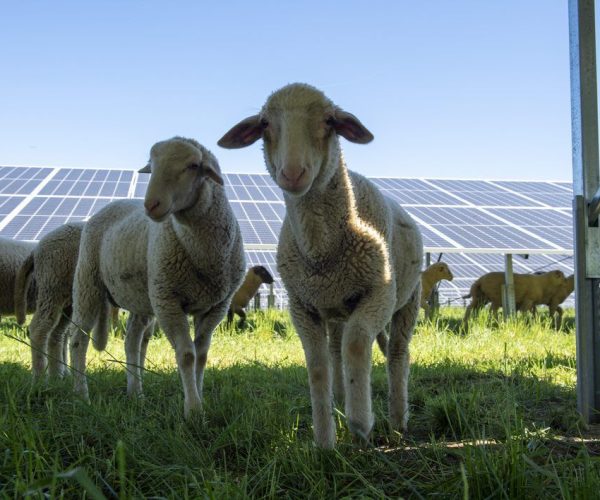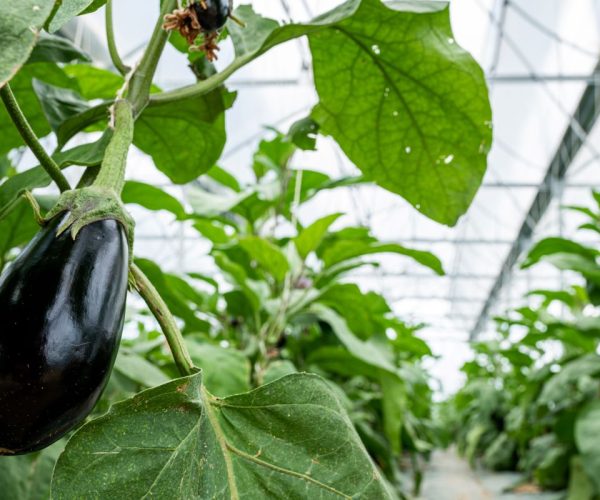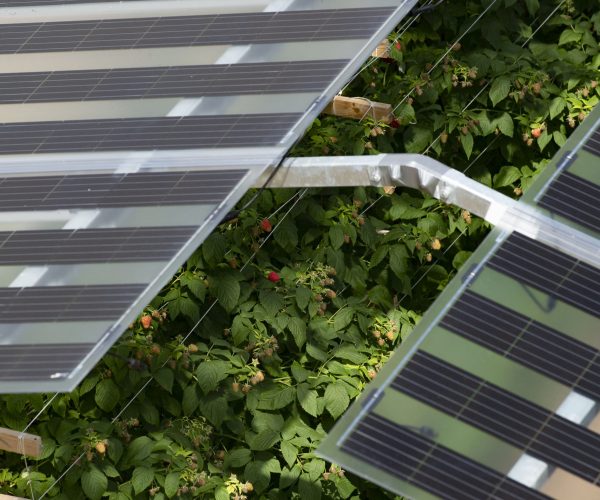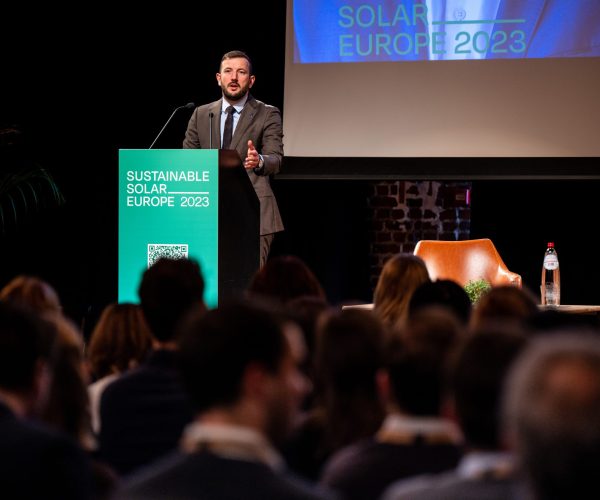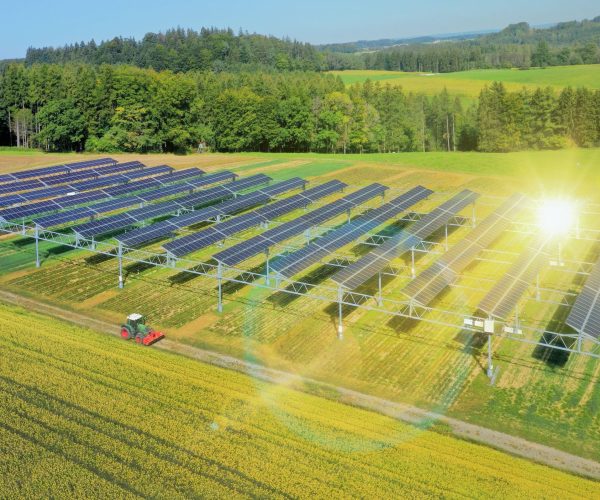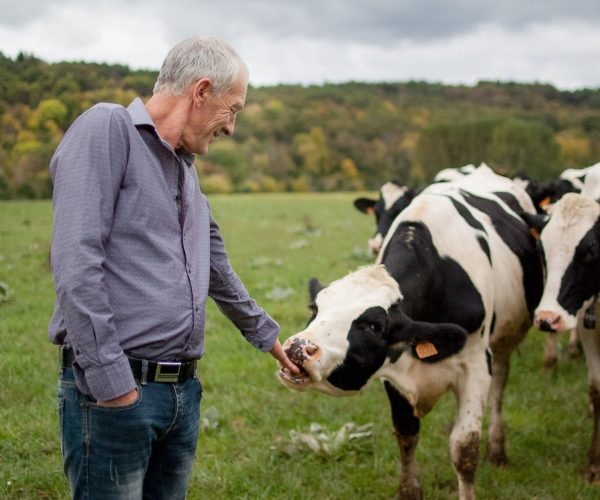Farming Association Copa Cogeca shares initial reflections on solar in agriculture and forestry
A few months ago, Copa Cogeca, the voice of EU farmers and agri-cooperatives, published its initial reflection on integrating solar PV into agriculture and forestry, two sectors that are at the heart of the EU’s climate strategy. Their paper stated that ultimately, the challenge still lies in balancing the need for renewable energy production with the preservation of land and food security. This paper is a significant first step towards recognising the potential of using agrisolar in agriculture.
However, Copa Cogeca outlines in this paper that more studies and pilot projects are needed to fully understand the environmental and economic benefits of Agri-PV across different regions.
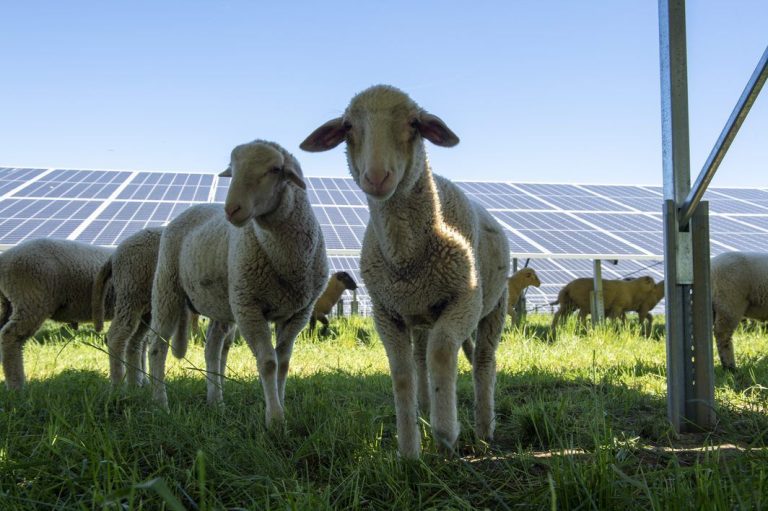
The Future of Farming
Agrisolar refers to projects that combine agricultural activities with solar photovoltaic (PV) electricity generation. Different to traditional solar farms, agrisolar projects are seamlessly integrated into existing agricultural landscapes, allowing the dual use of land for both food production and energy generation. Through this synergy, the agricultural industry can contribute to the EU’s renewable energy targets without jeopardising its primary role in food production.
Challenges and Opportunities in Implementing PV Systems
This report from Copa Cogeca states that while installing PV systems on rooftops of agricultural buildings is a viable option, the cost of connecting to the grid or lack of infrastructure often makes it economically unfeasible for many farmers. Ground mounted solar panels offer a potential solution, especially on less productive land or areas that are not suitable for farming. These systems can provide additional, stable income through the sale of renewable electricity or savings on energy costs for farms using the power generated onsite.
Furthermore, agri-PV should be recognised further and scaled up due to even more benefits that it can bring to the industry. This includes:
+20-30% average water retention for interrow and elevated PV systems
Adaptation to climate change
Better soil health as temperatures vary
Up to 60% crop yield increase
Up to 80% increase of soil carbon storage for solar grazing projects
However, challenges remain such as the risk of land speculation, the visual impact of solar installations, and the need to ensure that the land’s agricultural value is maintained. As we continue to push for solar growth, addressing these concerns will be crucial for gaining widespread support and acceptance from the local communities.
The Need for Storage Solutions
One key challenge for solar production is its intermittent nature, as it depends on factors like weather and time of day. To address this, the development of storage infrastructure, such as batteries, is critical. Although storage technologies are still evolving, financial incentives should focus on supporting the integration of storage systems to ensure a reliable and efficient energy supply.
A New Role for Farmers and Agri-Cooperatives
The report from Copa Cogeca states that farmers and agricultural cooperatives are set to become energy producers in their own right, with renewable energy generation recognised as a legitimate agricultural activity. They say this could open up new revenue streams and create a more resilient agricultural sector that is both environmentally and economically sustainable.
However, different business models already exist. The most common model is where energy producers own PV installation whilst the least common is where farmers actually become the energy producers. There is also a hybrid model where farmers can have ownership of the PV installations on their farms.
A Bright Future for Agrisolar
In conclusion, Copa Cogeca has recognised that agrisolar presents a great opportunity for farmers and forestry businesses to gain energy independence, increase income, and contribute to the EU’s climate goals. By addressing infrastructure challenges, supporting local energy communities, and promoting synergies with other renewable sectors, the EU can lead the way in sustainable agriculture and energy production.
Through careful planning and collaboration, solar power can become an integral part of farming’s future, ensuring a resilient, green, and prosperous rural economy.
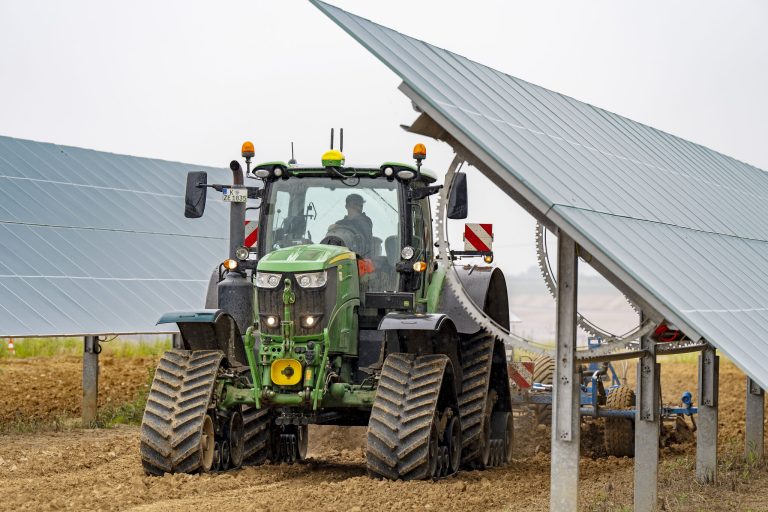
Do you want to find out more
about this topic?
these might be interesting to you as well
